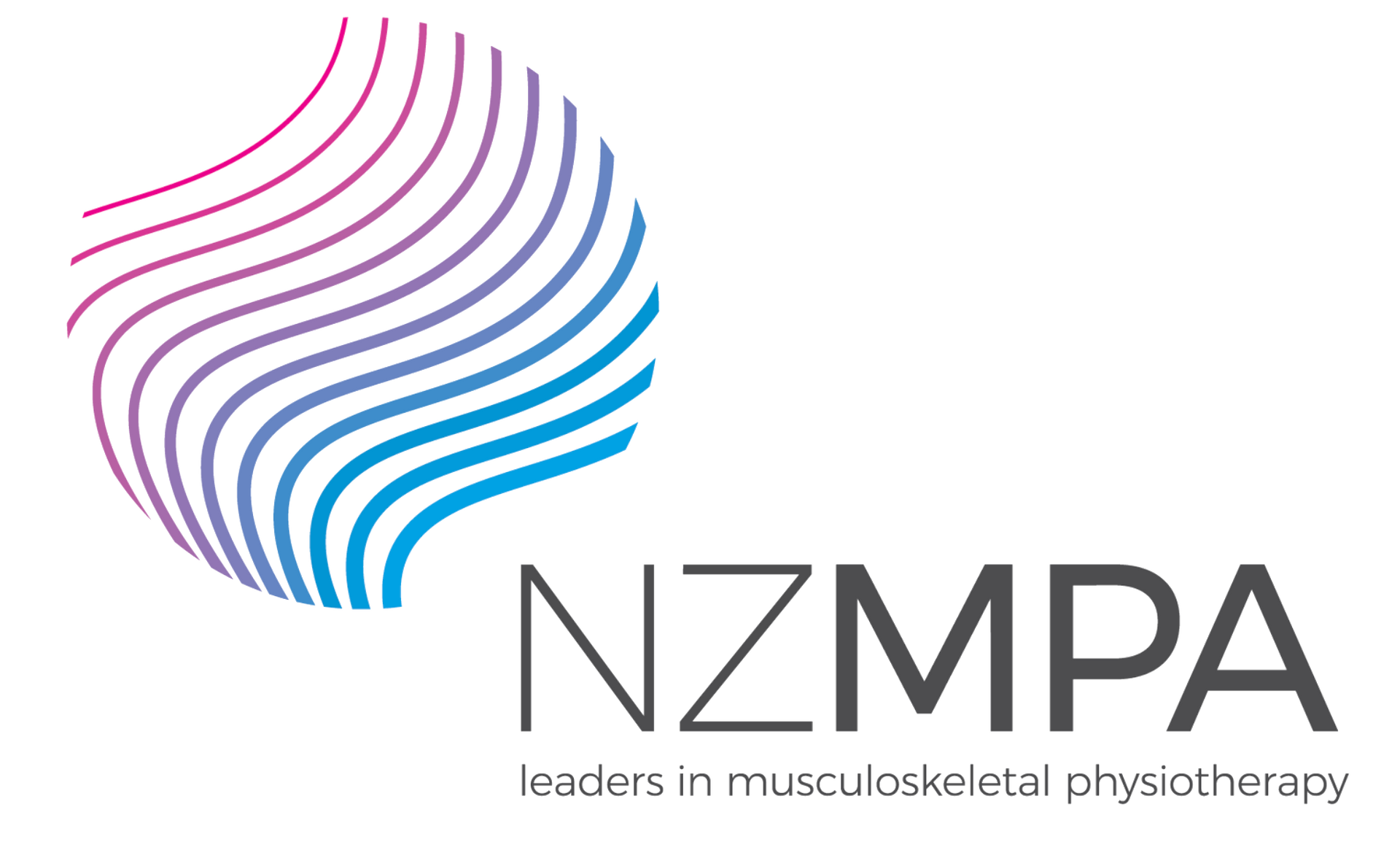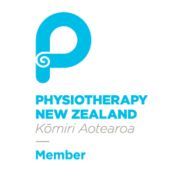Acupuncture and Dry Needling in Kapiti Coast & Levin
Acupuncture and dry-needling techniques are similar. They are a form of treatment that utilises needles that can be inserted and manipulated at areas on the body with the aim of reducing pain or muscle spasms. There are different types of acupuncture; however, Scientists are studying the mechanisms and efficacy of its therapeutic use. Researchers using the protocols of evidence-based medicine have found good evidence that acupuncture and dry needling can be helpful in treating specific conditions.
While there is ongoing research into its efficiency, it is safe when administered by trained practitioners. In simple terms, acupuncture is believed to produce a descending inhibitory response from the brain, which produces powerful pain-relieving effects through the production of opioids. Dry needling is thought to flush neurotransmitters such as acetylcholine at the muscle itself and activate endogenous opioids. Both styles are considered very useful; however, since about 2005, dry needling has become extremely popular. Proper dry needling of a myofascial trigger point will elicit a local twitch response (LTR), which is an involuntary spinal cord reflex in which the affected muscle fibres contract - this response can reduce pain and muscle spasm/tightness. This makes it extremely helpful for a lot of soft tissue injuries.
Dry needling tends to target myofascial trigger points, which are usually the direct and palpable source of patient pain, rather than the traditional "meridians" accessed via acupuncture. Western acupuncture has become very popular because it uses Western medical philosophies to explain its actions. This makes a lot more sense to the Western thinking about what is happening in our bodies. What differentiates dry needling from traditional acupuncture is that it does not use the full range of traditional Chinese medicine theories - actually, for most practitioners, it probably doesn't consider them at all. Various research supports the notion that simultaneous paraspinal muscle needling (in addition to the distally affected muscle) can be helpful where perhaps damage to a nerve has been instrumental in the development of muscle spasm - for example, we might place needles in the lumbar region while treating a calf sprain or in the neck while treating say, tennis elbow.
In practical terms, acupuncture is thought to be more useful for chronic pain conditions and dry needling for acute muscle sprains or tightness. Both options are used extensively, primarily for the reason that many patients find value in it. Most patients ask, "Does it hurt?" - if we hit a trigger point, it can, but usually, it is comfortable. Often, we will start out quite gently with needle placement and depth and steadily ramp up the points as your tolerance grows.



